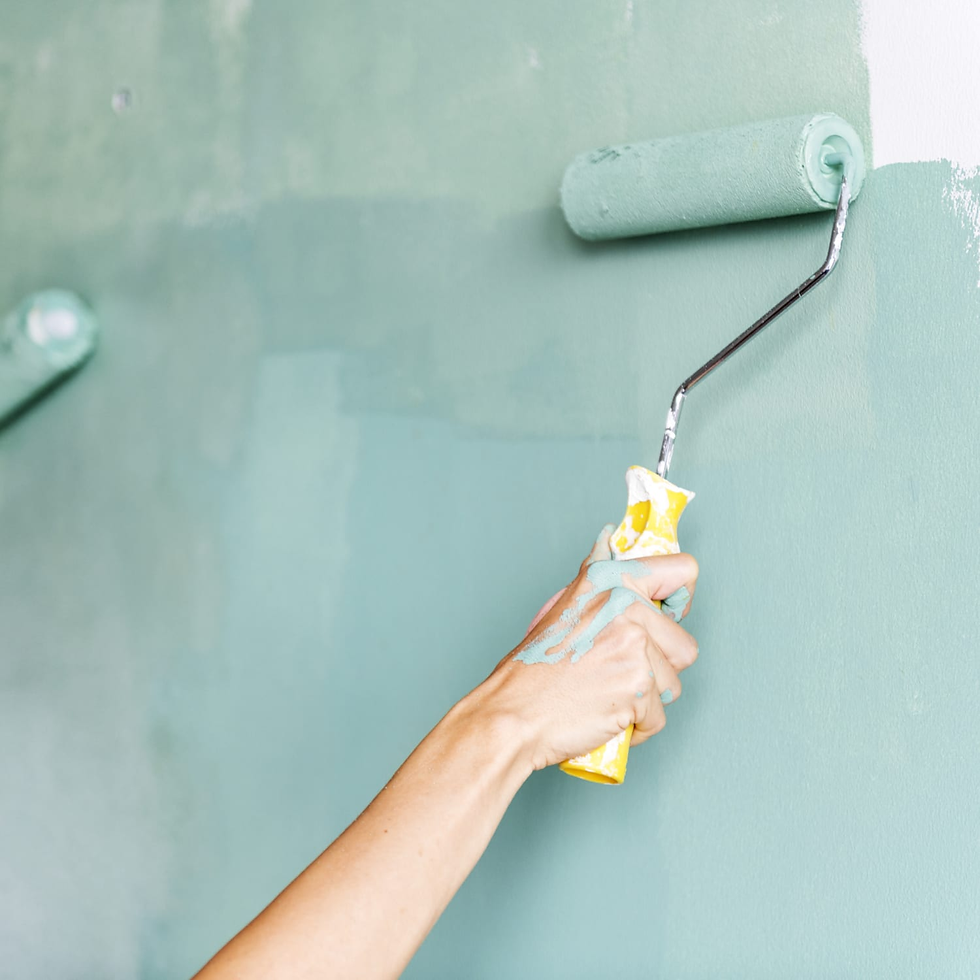How to Fix Common Paint Problems – Cracks, Bubbles, and Uneven Finishes
- martinstabenow2
- Oct 7
- 2 min read
Why Paint Problems Happen
You’ve chosen the perfect colour, prepped your space, and finished painting, only to notice cracks, bubbles, or streaks forming on your walls. It’s frustrating, but you’re not alone. These issues are more common than you might think, and they often happen because of improper preparation, poor application techniques, or environmental factors like humidity. Fortunately, most paint problems are fixable, and with the right knowledge, they can also be prevented in the future.
Cracking and Flaking
Cracks and flakes often develop when paint is applied to dirty, damp, or poorly primed surfaces. They can also appear if the paint layer is applied too thickly or if inferior-quality paint is used. Left untreated, cracks can spread, leaving unsightly patches and even exposing plaster or wood beneath.
To fix them, scrape away the loose paint with a scraper, sand the area smooth, and apply a quality primer before repainting. Using high-quality paints designed for the specific surface, whether walls, wood, or metal, helps prevent the issue from recurring.

Bubbling and Blistering
Bubbles are typically caused by moisture trapped under the paint film or by painting over a damp surface. This is a common problem in kitchens and bathrooms where humidity levels are high, or on exterior walls exposed to rain and direct sun.
To repair bubbling paint, remove the damaged section and let the wall dry completely. Apply a primer formulated for damp-prone areas, and use a moisture-resistant paint finish. Ensuring good ventilation during and after painting goes a long way toward preventing blisters from forming in the first place.
Uneven or Streaky Finishes
Streaks, roller marks, or patchy colour usually result from rushing, using the wrong type of roller, or not maintaining a wet edge while painting. The best solution is to sand the uneven areas lightly, then reapply paint in thin, consistent coats. Investing in good-quality rollers and brushes can make a significant difference, as they hold and distribute paint more evenly.

Prevention Is Always Better
While it’s possible to fix these issues, prevention is the real key. Take time to prepare surfaces properly, cleaning, sanding, and priming where necessary. Choose paints and primers suited to your room conditions, and pay attention to drying times between coats. Simple steps like these can mean the difference between a flawless finish and a frustrating redo.
When to Call a Professional
Sometimes, recurring problems signal deeper issues like persistent damp or poorly plastered walls. In these cases, calling in professionals ensures that the root cause is addressed and the finish lasts much longer.
👉 Want a flawless, long-lasting paint job without the hassle? Contact usfor expert solutions that keep your walls looking perfect.


